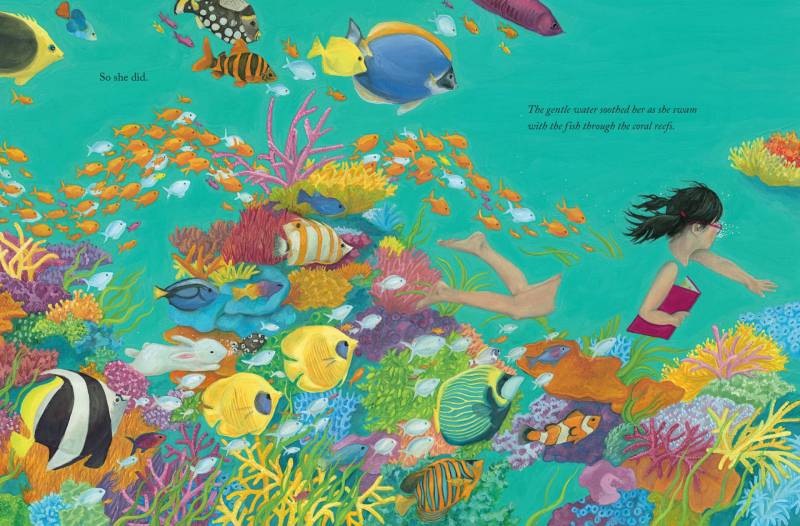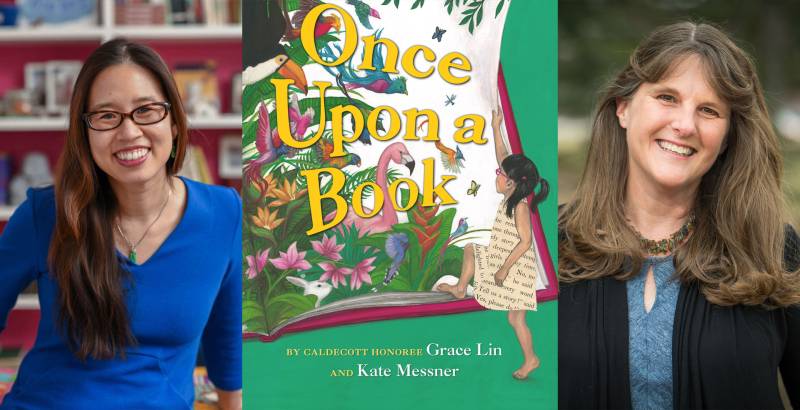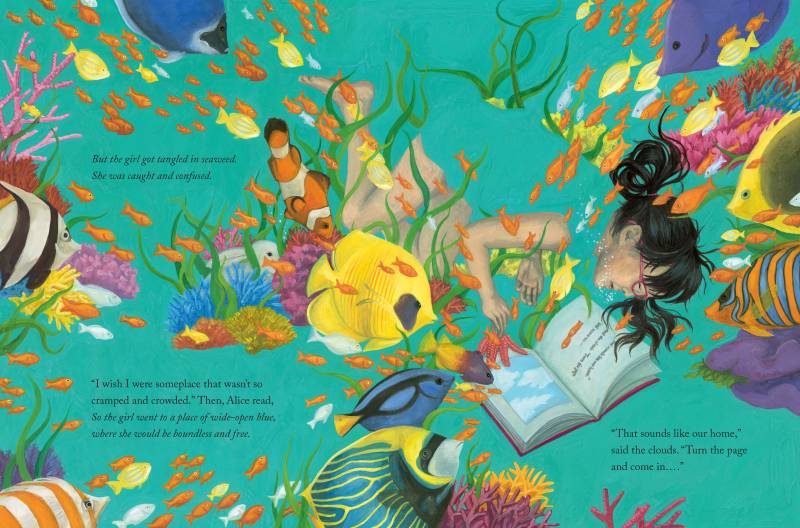Where have all the bookworms gone? Recreational reading has been shown to reduce stress and improve working memory, but fewer children are reading for fun than ever before. In recent surveys by the National Assessment of Educational Progress, 16% of 9-year-olds said they never or hardly ever read for fun, compared to 11% in 2012 and 9% in 1984. Among 13-year-olds, that number was 29% in 2020, compared with 22% in 2012 and 8% in 1984.
Authors Grace Lin and Kate Messner believe books give readers the ability to experience new worlds and empathize with others. Together they wrote “Once Upon A Book,” a children’s picture book where the main character Alice is swept away on an adventure through the magic of reading.
“There is a perfect book for everyone,” said Lin. “You just have to find it.” However, there is an art to matching kids with the right book. For parents and teachers who want children to cultivate a love of reading, Messner and Lin provided tips on how to help kids find wonder through books.

Let kids pick their own books
Adults sometimes seek out award-winning children’s books only to find that their kid has no interest in reading them. As a parent, Lin had to reconsider her lofty expectations. “[My daughter] wanted her ‘My Little Pony’ book and she wanted Curious George stories – not even the original Curious George books, but the cheap, knock off Curious George books,” said Lin. “Letting go of this idea that I needed her to read ‘good books’ is what I think really has made her love and enjoy reading.”
When kids have room to gravitate to the books that spark their interest, it helps them cultivate their identities as readers. Letting kids choose their own books leads to more motivation to read and ownership over the reading process, whereas imposing a book on a child can make the child feel like reading is a chore instead of a treat. “What makes a great book is just the simple fact that a child loves it,” said Lin. “The fact that they’re reading is great.”



